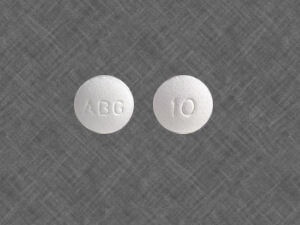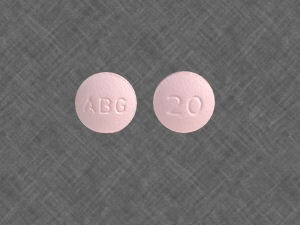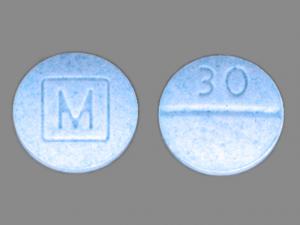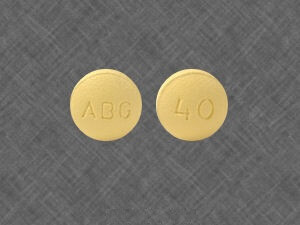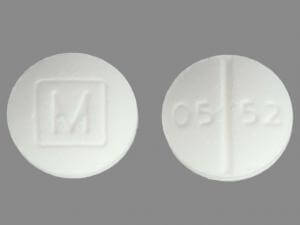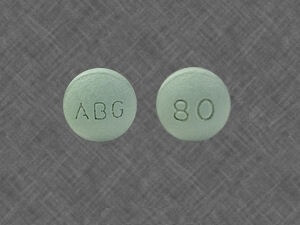Buy Oxycodone Online
Showing all 8 results
Overview of Oxycodone
Oxycodone helps in treating moderate pain and stiffness. Oxycodone comes from a known family of drugs called opioid agonists. Oxycodone is similar to a group of natural substances in the brain called endorphins.
These substances work to reduce the pain messages your body sends to your brain. By impersonating these substances, Oxycodone minimizes the amount of pain your brain thinks you have. Oxycodone is available in all mediums.
One can get it through a private prescription or some pharma store. Still, the easiest way is to get it through online mode as the Online platform offers you detailed information about this medicine, which consists of chemical composition, ingredients included, precautions, dosage, withdrawal symptoms, addiction, and navigating you to the best online services.
Chemical Description
Oxycodone is a semi-synthetic, morphine-like opioid alkaloid with analgesic activity. Oxycodone has its analgesic activity by binding to receptors in the central nervous system (CNS).
The binding of the opiate receptor stimulates the GTP exchange of GDP to the G-protein structure and inhibits adenylate cyclase, thereby inhibiting cAMP production. Followed by the release of nociceptive neurotransmitters, such as P, gamma-aminobutyric acid (GABA), dopamine, acetylcholine, and noradrenaline, is inhibited.
Ingredients Involved:
- oxycodone hydrochloride
- Acetaminophen
- USP 2.5 mg Acetaminophen
- USP 325mg 2.5 mg oxycodone HCl
- 2.2409 mg of oxycodone.
Uses of Oxycodone
Used in moderate pain
With emerging technologies, one thing which humans are witnessing these days is chronic pain. It brings distraction in one’s life upto an extent that leads to management issues, stress issues, compatibility issues.
Sometimes all these, in combination, become a debt for a person with the interest of pain. Oxycodone is the best resource made for getting better in these situations. It helps one to get relief from pain. The level of pain could be between moderate to severe.
Precautions while taking Oxycodone
Before using any medication, one should learn what to do and what not to do about using that medication. Before taking it, be sure to check whether your body will synchronize well with this medicine or not. If your body is not responding to that medication or any other allergy symptoms, make sure your doctor or Pharmacist knows that.
Share your medical history with your doctor or Pharmacist.
Mainly if it includes:
- Any previous head injury or brain tumor
- Gallbladder disorder
- Pancreas disorder
- Breathing disorders
- Asthma
- COPD
- Sleep apnea
- Stomach or intestinal disorder
- Suicidal thoughts
- Kidney disease
- Liver disease
Do not drive just after the dose. These drugs are not recommended during pregnancy because they can harm the unborn baby. If someone is pregnant or thinks they may be pregnant, make sure you consult your doctor properly.
The drug passes into breast milk and can cause adverse effects on the newborn. Breastfeeding while using this medication is not recommended. Consult your doctor before breastfeeding.
Tell your doctors what products you are currently using. Inform your doctor if you have ever had a paralyzed ileus. Older people can see specific emotional changes such as confusion, confusion.
Liquid products may contain certain sugar additives. Suppose a person has diabetes or has some other type of disorder.
How To Take Oxycodone?
Take Oxycodone as prescribed by your Pharmacist. Do not switch doses at your convenience. Follow the directions as given by your doctor. Tell your doctor if the medication seems to stop working and relieve your pain.
For Adults (18-64 years)
If you have never been treated with opioid drugs before, your initial amount can range from 5 mg to 15 mg taken every 4-6 hours as needed. Based on your body’s response to the medication, your doctor will determine which ingredient is suitable for you.
Child dosage (ages 0–17 years)
It is unknown whether Ultracet is safe and effective for children as the research process is ongoing for children below 18 years old.
Senior dosage (ages 65 years and older)
As the person starts aging, the organs start getting tweaking with each passing day. To ensure a safe medication process, this age group should talk with their respective doctors to get better results instead of getting in the trouble of facing or experiencing side effects. The higher dose of the medicine stays in your body for longer, which raises your risk of side effects.
Storage
Store Oxycodone at room temperature, away from moisture and heat. Keep a record of what your medicine is.
Do not store leftover opioid medications. Just one dose can cause death for someone who uses the drug by mistake or inappropriately. Ask your Pharmacist where to find a drug disposal program. If there is no recovery plan, mix the remaining medicine with cat litter or coffee grounds in a sealed plastic bag and throw the bag in the trash.
Oxycodone Addiction
Symptoms of Oxycodone addiction include:
- Taking Multiple prescriptions from Multiple authorities.
- Feeling or reflecting obsession for Oxycodone-related brands.
- Presenting fake reports of lost medicine.
- Consuming it through other mediums such as inhaling, which is not in general recommended by the doctor.
- Negotiating with other patients for medicine
- Sudden mood changes
- Oversleeping
Oxycodone withdrawal symptoms
While you suddenly stop consuming Oxycodone, you can face some withdrawal symptoms.
Symptoms of Oxycodone withdrawal include:
- Anxiety
- Fatigue
- Nausea
- Diarrhea
- Physical aches and pain
- Restlessness
- Paranoia
- Stomach issue
- Teary eyes
- Chills
- Muscle and backache
- Yawning
Side Effects of Oxycodone
Oxycodone Can cause common side effects such as:
- Shallow breathing
- chest pain
- confusion
- unusual thoughts
- breathing issues, especially during the time of sleep
- Stomach pain
- Dry mouth
- Severe itching
- Dizziness
- Weakness or lack of energy
Other symptoms of side effects are mood swings, including nausea, blurred vision, confusion, depression, restlessness, difficulty speaking, difficulty walking, muscle weakness, tremors, urinary anxiety, etc. Consult with your healthcare provider if any of these mentioned symptoms occur.

